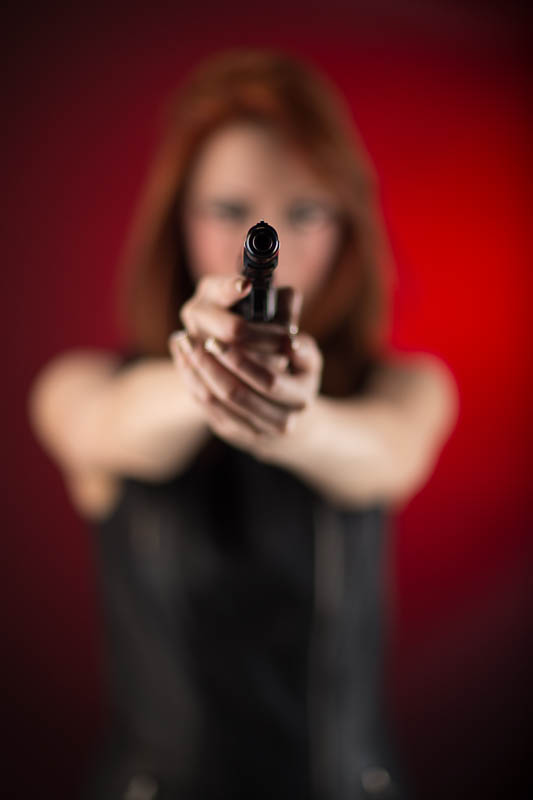In any profession that has a creative element, the only road to success is having a style of your own. Without it, you are like the 98% that have no style and compete strictly on price and quantity. Although this is true with many professions we'll talk about photography...naturally.
First let me qualify the term success. To some it's a comfortable living (or lavish) from the income of selling your art or services. To some it's the feeling of being creative. Where money isn't the driving force. Of course, both are admirable excuses to getting out of bed and making things happen today.
Those with no style will tell you things like, "I like to get it perfect in the camera.", or "I never retouch my photos". What they are really saying is, "I don't want a unique style, that takes work and a lot of learning." They are usually the same people who compete at the low end of the pricing scale because their work looks exactly like everyone else's. The only reason they sell their product is because it's cheaper than the next guys.
So, what is this thing called STYLE and were can I buy some.
Yeah, sorry, that's just not going to happen. First, you really do need to get away from thinking your camera has the ability to make a perfect picture. I do know a few unique wedding photographers who have some amazing glass and know exactly how to get a fairly perfect shot pretty often. But, they take those same shots day after day. And they still warm them up, crop them, or do some other things to make them 'theirs'.
Figure it's going to take a year or more for your style to develop. That will include a lot of 'out of box' experiences. You need to venture into the world of Lightroom and Photoshop and have a good computer system to let you work without a lot of updates and delays. And a comfortable chair. Some good music. Turn off your Facebook and be ready to focus. There are plenty of great videos on how to do pretty much everything with any program. In Adobe's case their site has plenty and you can subscribe to Lynda.com for very well made and detailed videos on everything. Creative Live is also a wonderful source for learning.
With all this learning you'll be doing you might be asking yourself, how does THIS give me a style of my own. If I'm learning all the same things as everyone else how does that make me unique and give me...my style? This is the interesting part. It's a bit like walking into a kitchen full of every kind of food. If you go to make a meat loaf the chances are very good that your meat loaf will taste very different than the last 10 people who made one. Same ingredients. But different results. Here is where the YOU comes into the mix and creates a style.
Once you learn dodge and burn, layers, masking, building your own actions, and probably hundreds of other little nuances of Photoshop and Lightroom, you will start mixing them and applying them the way YOU love the look. You will learn just how much contrast or blend of color you like and after a while you will do the same thing to the next and the next and the next. Without specifically working on building your style you are doing just that. No two people will do exactly the same things to any given picture and the results may or may not look close in the end. They will never look identical. Ever.
Don't think you are done. Once you have a style and if it's one that sells, you may even build that into an action so it's one button to adjust that shot the way you love it. And for many, that is the end. They won't go farther because, well, they have found their success in the popularity of THAT style that is uniquely theirs. From a business stand point this is fine. Some famous greeting card artists and photographers like Andy Silvers and Ansel Adams have very specific styles that I can point to and tell you who did it. That made them a nice living.
Those of us who see the success as what we can create art wise will probably never stop tweaking with our style by learning more all the time. Just like how every friend and experience changes our personality just a bit and how we see life, every new thing you learn on your camera, or a software package will change, ever so slightly, your style.
Style is good. Style is something you can't buy. Style takes a long time to create. Style will be who you are and no one can take that away from you. If you want people to point at your work and that, 'Hey, that's a shot by (insert name here)!' then you'll be glad you took the time to develop your style.
Enjoy life...even that will reflect in your style!
















